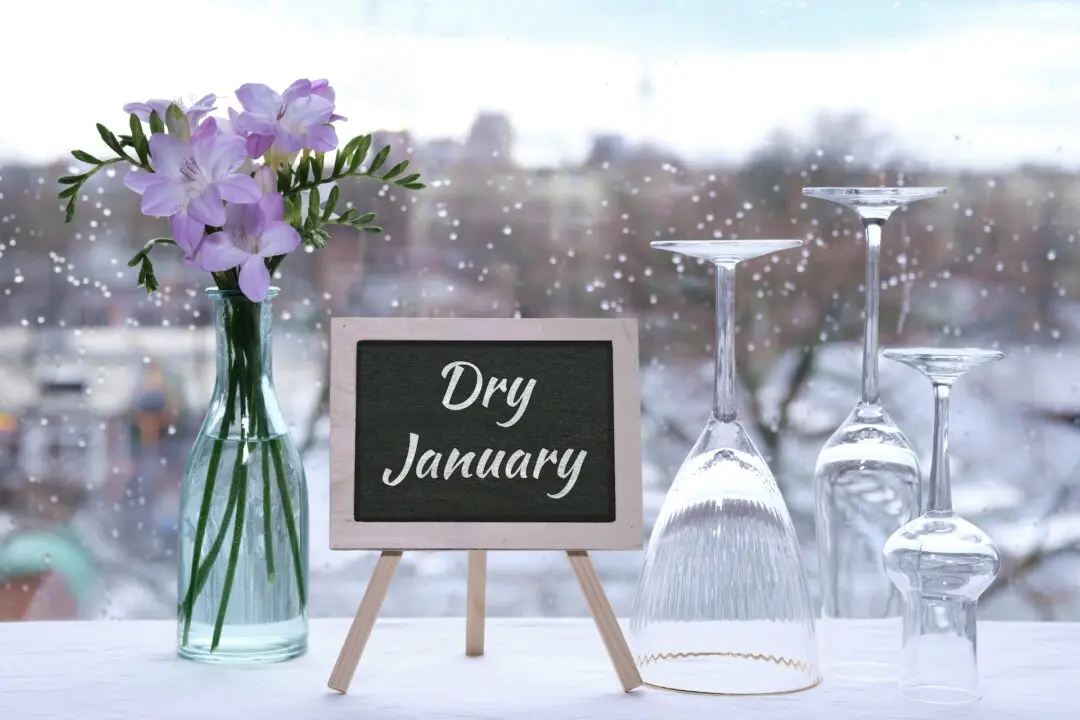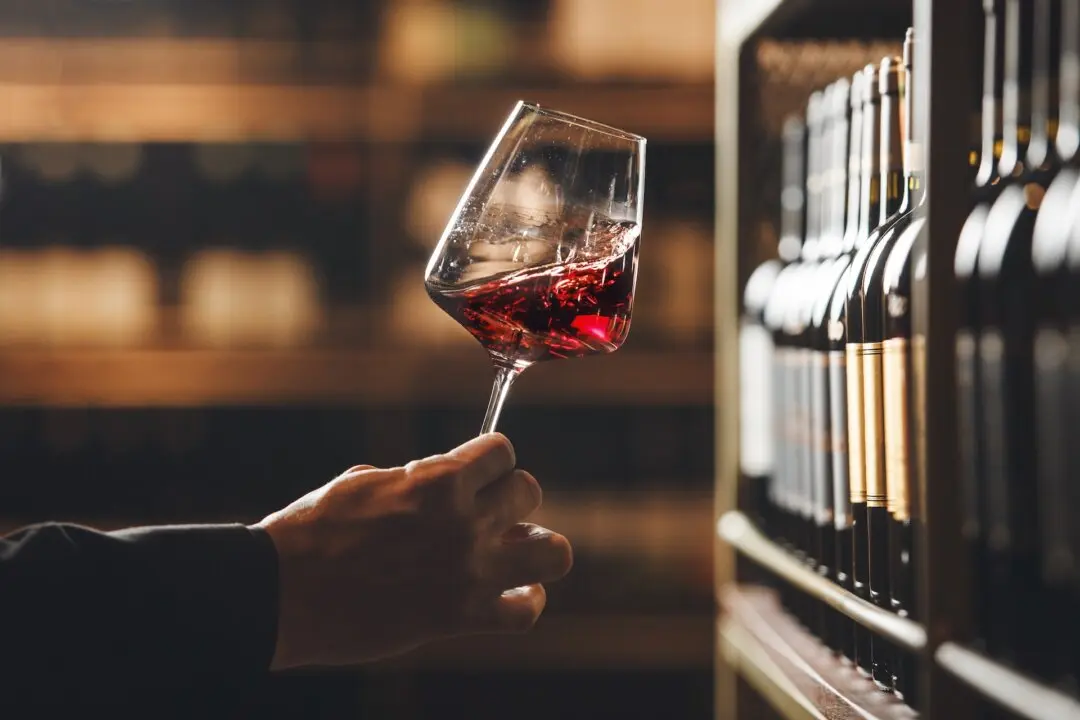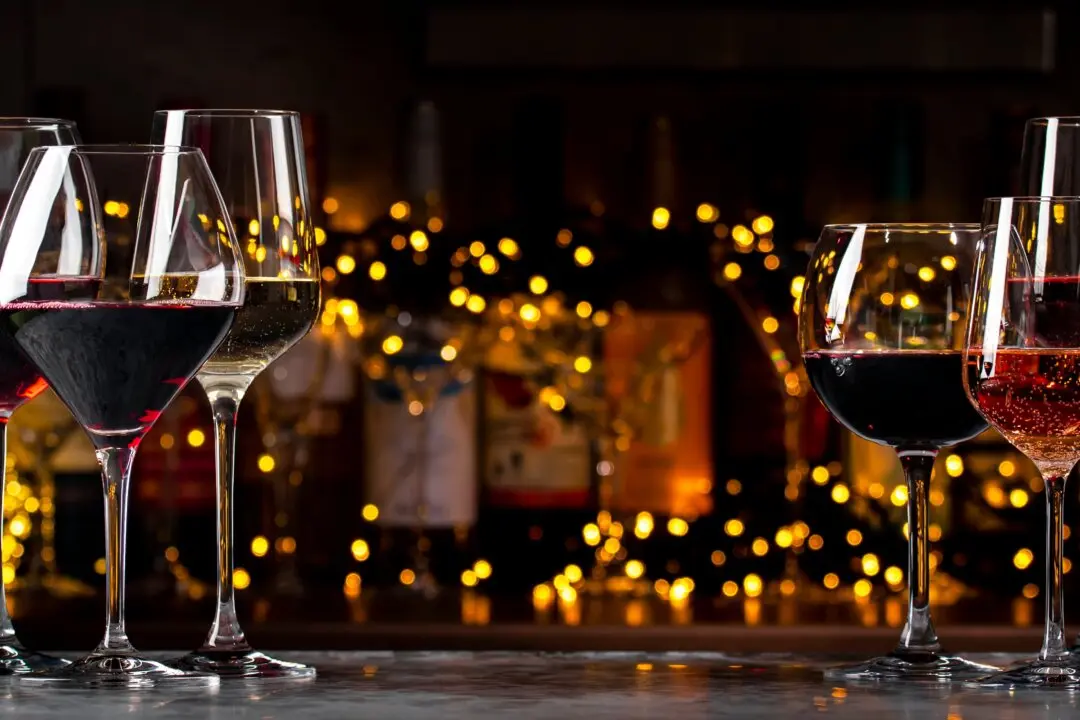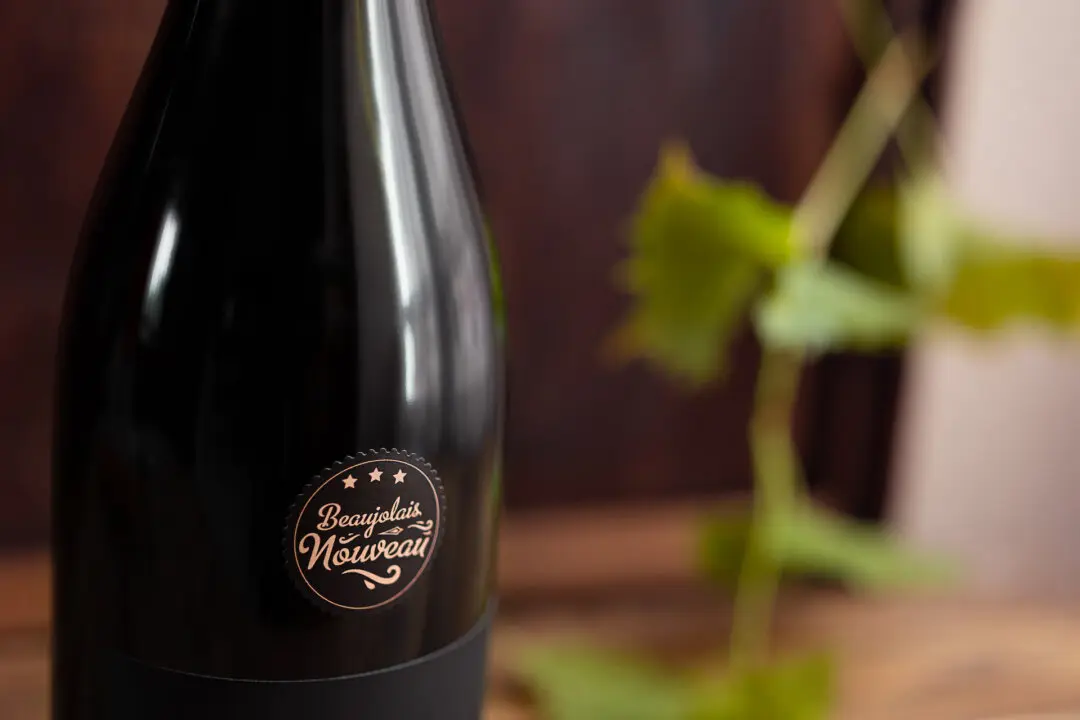When a recipe calls for a cup of white wine, the cook who wrote that suggestion likely wasn’t referring to a $50 bottle of chardonnay. In basic terms, when cooking with wine, use one that’s clean, fresh, and young.
Indeed, historically, the phrase “cooking wine” conjures up bad images, including wine with salt added, wine that’s gone bad but that some folks still cook with, and even wines of the wrong color.





